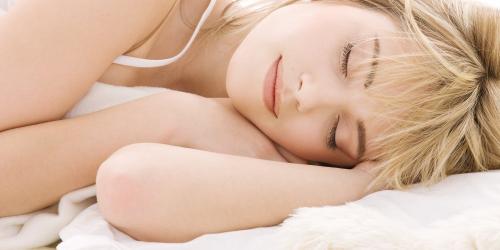The proper use of plants
Is the natural still harmless?
Can we heal alone?
How to consume them?
From the observation of plants
It is by observing the plants that man has identified, then used, substances beneficial to his health . Of the 500,000 species listed, about 22,000 contain active ingredients that form or serve as models for today's major drugs : morphine comes from opium, willow aspirin, some anti-cancer of the yew or tropical periwinkle ... In total, 60% of drugs are derived from plants or inspired by the molecules they contain.
The proper use of plants
Herbal medicine (treatment with plants) covers a very wide range of diseases : feverfew against migraine, ginseng to restore tone, witch hazel against stress, harpagophytum to relieve joint pain, St. John's wort against slight depression, the sage against the painful rules ... the list does not finish.
Nevertheless, for all serious diseases (cancers, degenerative diseases), as well as for the heavy, cardiac, neurological, psychiatric, renal, hepatic affections ..., allopathy is unavoidable. In these cases, the plants carefully associated with the treatment can reduce the prescriptions and avoid certain side effects .
Is the natural still harmless?
"The naturalness of a plant is in no way a guarantee of safety , says Professor Jean-Marie Pelt, botanist . Even labeled food or nutritional supplement, they must be considered as true phytomedicines, with indications and against-indications . "They can have side effects , present risks of toxicity , and interactions with other plants (St. John's Wort and grapefruit juice) or medicines (ginseng and antidepressants, licorice and corticosteroids ...).
Can we heal alone?
It's far from easy. Besides effects to know well, the handling of plants is complex. Bark, leaf, root ... everything is different. For example, the diuretic properties of fennel concern only the root and not the entire plant. Consult a professional: pharmacist, herbalist doctor, herbalist. Especially since the legislation concerning plants is very vague and there are no systematic quality controls, safety and safety as for drugs . It is better to avoid plants sold by mail order from unknown producers and plants sold in bulk on the markets. Those who want to practice self - medication have an interest in referring to the serious works of popularization of phytotherapy for family use, which indicate the qualities of each plant, their most active form, their dosage and the duration of treatment not to be exceeded.
How to consume them?
Efficiency issue, herbal tea breaks all records: 15 to 30 g of plants per liter equivalent to 75 industrial capsules (0.3 g). The infusions consist in leaving between 1 to 10 min the fragile or soft parts of a plant (leaves, flowers, tops, fruits) in hot water, but not boiling, under penalty of destroying the active components . The decoction is used for the woody parts of the plants (stem, bark, root ...) that are allowed to boil in water for 3 to 10 min because these leathery parts hardly abandon their active principles.
The fluid extracts are in the form of ampoules to be diluted in a bottle of water that is drunk during the day, except during meals.
The mother tinctures , sold by the pharmacist, are obtained by macerating the plant for three weeks in a water-alcohol mixture in order to extract the active principles soluble in water and in alcohol.
The SIPF, or integral extract of fresh plant, like the juices, are archiconcentrés in active principles and can be bought only at the pharmacist. Ask him for advice because very few drops in a glass of water are enough.
The capsules contain the total powder obtained by freeze-grinding or in the form of titrated extract, which preserves the active ingredients of the plant. It is recommended to drink a large glass of water (or even two) by swallowing.
Thank you Dr. Bérengère Arnal-Schnebelen, gynecologist-phytotherapist.




